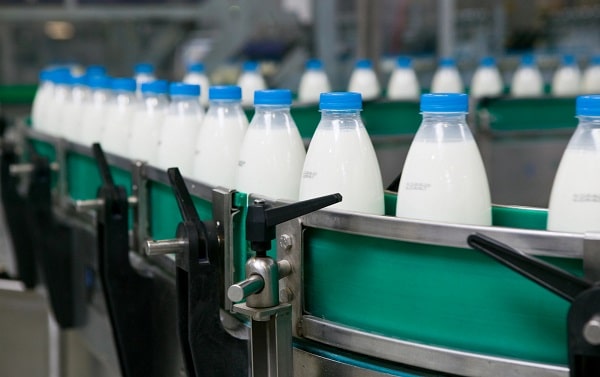The Vital Role of Milk Hoses and Tubing
In dairy farming and milk processing, maintaining the purity and quality of milk is paramount. This is where milk hoses and tubing play an essential role. These specialized tools are designed to transport milk safely from the cow to the processing facility, ensuring that it remains free from contamination.
Understanding Milk Hoses and Tubing
Milk hoses and tubing are integral components in the milking process. They are typically made from materials like rubber or silicone, which are selected for their durability, flexibility, and compliance with food safety standards.
- Rubber Milk Hose: A popular choice for many dairies, rubber milk hoses are prized for their durability and resistance to wear. These hoses handle the high-fat and protein content of milk without degrading, which is crucial for maintaining the integrity of the milk during transport.
- Silicone Milk Tubes: These tubes offer superior flexibility and non-reactive properties, making them ideal for handling sensitive dairy products. They are also easier to clean and sterilize, reducing the risk of bacterial contamination.
- Milking Tube: Often used interchangeably with milk hoses, milking tubes are specific to the milking machine setup, connecting the teat cups to the milk collector.
Types of Milk Tubing Systems
- Milk Transfer Hose: Designed for larger scale operations, milk transfer hoses are built to handle greater volumes and longer distances. They are reinforced to withstand the pressure of pumping milk through extended tubing systems without collapsing.
- Milk Pipe: This refers to a more rigid setup, often used in fixed dairy installations where durability and a semi-permanent structure are required.
Applications in Dairy Operations
Milk hoses and tubing are crucial in various applications across the dairy industry:
- Automated Milking Systems: Here, milking tubes play a vital role in connecting the automated machinery with storage tanks, ensuring a seamless flow of milk.
- Milk Storage and Transfer: After collection, milk must be transferred to cooling tanks. Milk transfer hoses are used due to their ability to handle large volumes under pressure, ensuring quick and efficient movement of milk.
Importance of Proper Selection and Maintenance
Choosing the right type of milk hose or tubing is crucial. Factors to consider include the size and scale of the dairy operation, the specific type of milking equipment used, and the typical volume of milk handled. Maintenance, including regular cleaning and inspection, is essential to prevent the buildup of residues and to ensure the equipment remains sanitary and functional.
Cleaning Protocols for Milk Hoses and Tubing
Proper cleaning protocols are crucial for maintaining milk quality. This involves:
- Routine Sanitization: Using appropriate cleaning agents that are effective yet safe for food contact surfaces.
- Physical Cleaning: Employing brushes and other tools designed for cleaning the interior surfaces of milk hoses and tubes, removing any milk residue that can harbor bacteria.
Technological Advances in Milk Tubing
Recent advancements in milk tubing technology include the development of antimicrobial coatings and ultra-durable materials that offer enhanced resistance to wear and contamination. These innovations are particularly beneficial in environments where the risk of contamination is high, providing an additional layer of protection to maintain milk quality.
Sustainability in Milk Tubing Production
Sustainability considerations are increasingly shaping the production of milk hoses and tubing. Manufacturers are exploring eco-friendly materials and production methods that reduce environmental impact while maintaining the functional integrity of the tubing. These sustainable practices are not only good for the environment but also add value to the dairy products by appealing to environmentally conscious consumers.
Ensuring Dairy Quality with Proper Equipment
Milk hoses and tubing are more than just conduits for milk; they are critical components that ensure the dairy products we consume are safe and of high quality. By understanding the different types of milk tubing and their applications, dairy farmers and processors can make informed choices about the equipment they use. This, in turn, helps maintain the high standards required in the dairy industry, ensuring that milk remains a healthy and enjoyable part of our diets.
Explore TerraFlex’s durable and high-quality milk hose and tubing solutions today!

